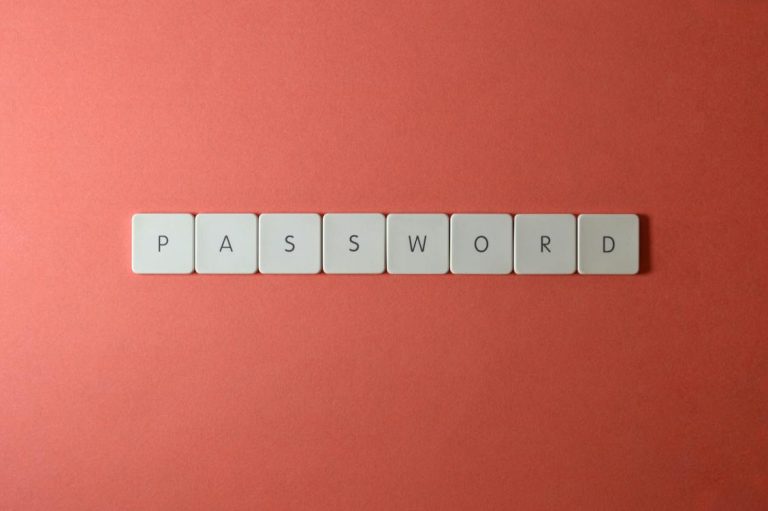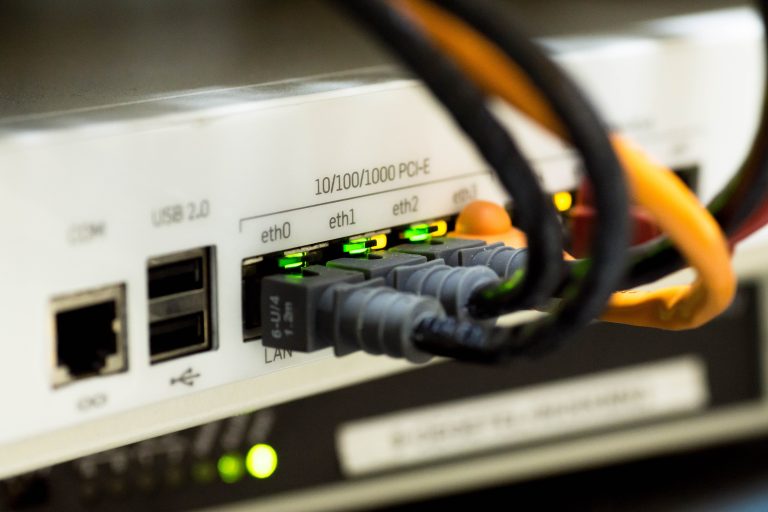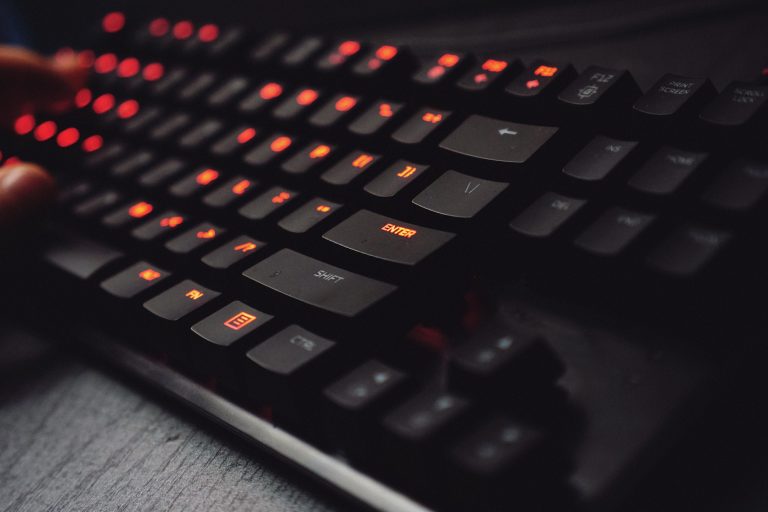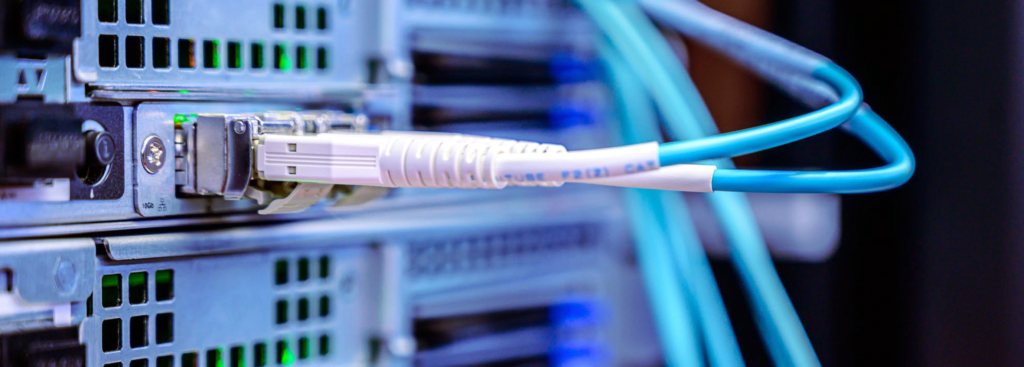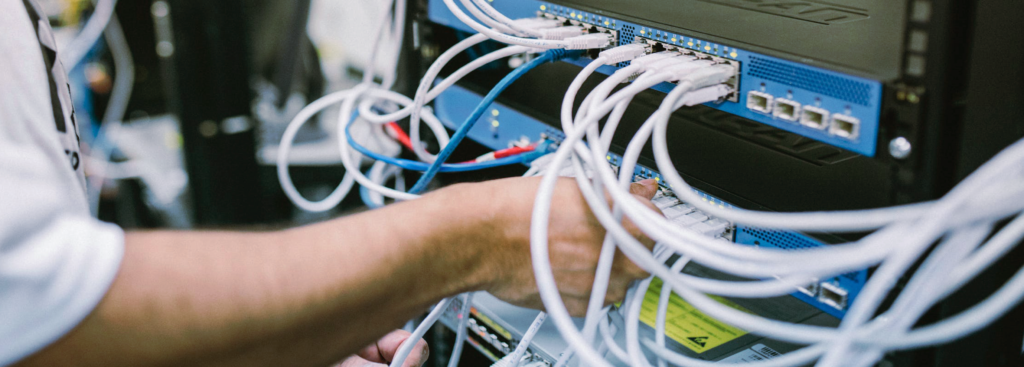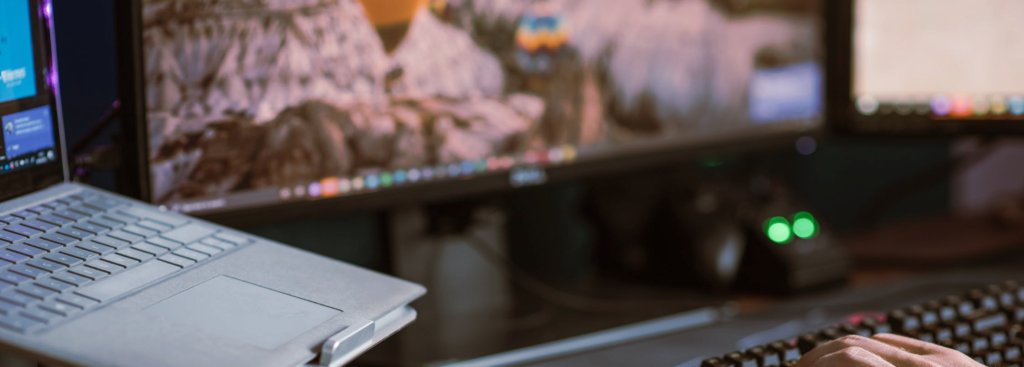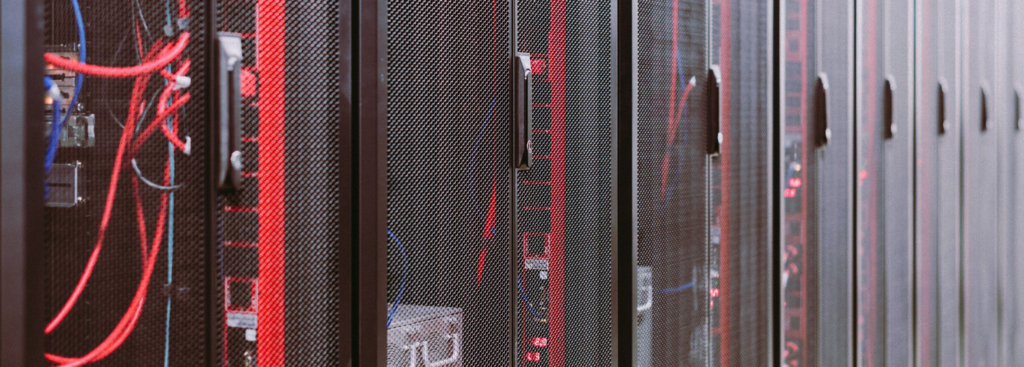We’re all human, and the portability and convenience of laptops make it easy to develop bad laptop habits unknowingly. But, it is essential for the security and performance of your laptop to try and break these bad laptop habits. By following these tips, you can ensure that your laptop runs smoothly and efficiently, and that you avoid potential issues in the future. Remember, prevention is always better than cure, so start breaking those bad laptop habits today!
Bad Laptop Habits
1. Ignoring OS updates
Yes we know, updates can be annoying, and always seem to pop up at the worst times! But, keeping your operating system up-to-date is critical for the security and performance of your laptop. Ignoring operating system updates can leave your laptop vulnerable to cyber-attacks and malware. Every operating system update comes with bug fixes, security patches, and new features. Updating your operating system on a regular basis ensures that your laptop runs at the best performance level it can.
While it’s understandable that you may be hesitant to update your operating system, especially as some updates can take a long time to download and install. However, we should mention that many operating systems offer the option to schedule updates, so you can set it for a time when you won’t be using your laptop, such as during the night.
2. Not allowing for proper air circulation
Laptops generate a lot of heat, and if that heat is not allowed to escape, it can result in damage to your laptop. Many laptop owners make the mistake of using their laptop on a soft or cushioned surface; such as a bed, couch, or pillow on their lap. Doing this can block the air vents and prevent heat from escaping.
To avoid this problem, it is important to use your laptop on a hard, flat surface, such as a table or desk. This will allow air to circulate around your laptop and prevent it from overheating. Additionally, you may want to invest in a laptop cooling pad, which can help to keep your laptop cool. It’s also important to keep your laptop clean, as dust and dirt can accumulate in the air vents and prevent air from circulating. You can use compressed air to blow out any dust or dirt that may have accumulated in your laptop’s air vents.
3. Not looking after your laptop charger
Laptop chargers often receive the most handling. Chucked in the bottom of a bag or laying on the floor when plugged into sockets where they are stepped on or rolled over by desk chairs. But remember, your laptop charger is an essential component of your laptop! If it is not looked after properly, it can later cause issues with your laptop.
Remember to handle your laptop charger with the same care as your laptop. You should never pull on the cables, and you should always unplug your charger by grasping the plug, not the cord. In addition, you should avoid wrapping your charger too tightly, as this can cause the wires to become tangled and break. It is also important to keep your charger clean, as dirt and dust can accumulate on the plug and cause it to malfunction.
4. Not backing up your data on a regular basis
Losing important data can be an incredibly frustrating and stressful experience. Many laptop owners make the mistake of not backing up their data on a regular basis, which can leave them vulnerable to data loss.
To avoid this problem, it’s of utmost importance that you back up your data on a regular basis. You can use an external hard drive or cloud storage to back up your data. You should aim to back up your data at least once a week, or more frequently if you are working on important projects.
In addition to backing up your data, it’s also important to keep your laptop organised. You should create folders for your files and documents and make sure that they are saved in the appropriate location. This will make it easier to find your files and documents when you need them.
5. Not turning your device off properly
Many laptop owners make the mistake of not turning their laptop off properly… You can just close the lid and you’re done, right? Not quite. Closing the lid only puts your laptop into a “sleep” mode, Unlike shutting down which allows the operating system to go through a series of processes to ensure that all files and programs close properly.
To avoid this problem, use the shutdown option from the start menu, as opposed to simply closing the lid of your laptop. It is also important to restart your laptop on a regular basis, as this can help to improve performance and clear out any temporary files that may have accumulated. You should aim to restart your laptop at least once a week – See this article which explains the differences between restarting and shutting down here.
Interested in more tech tips and news? Check out our Tech blog page to learn more.



